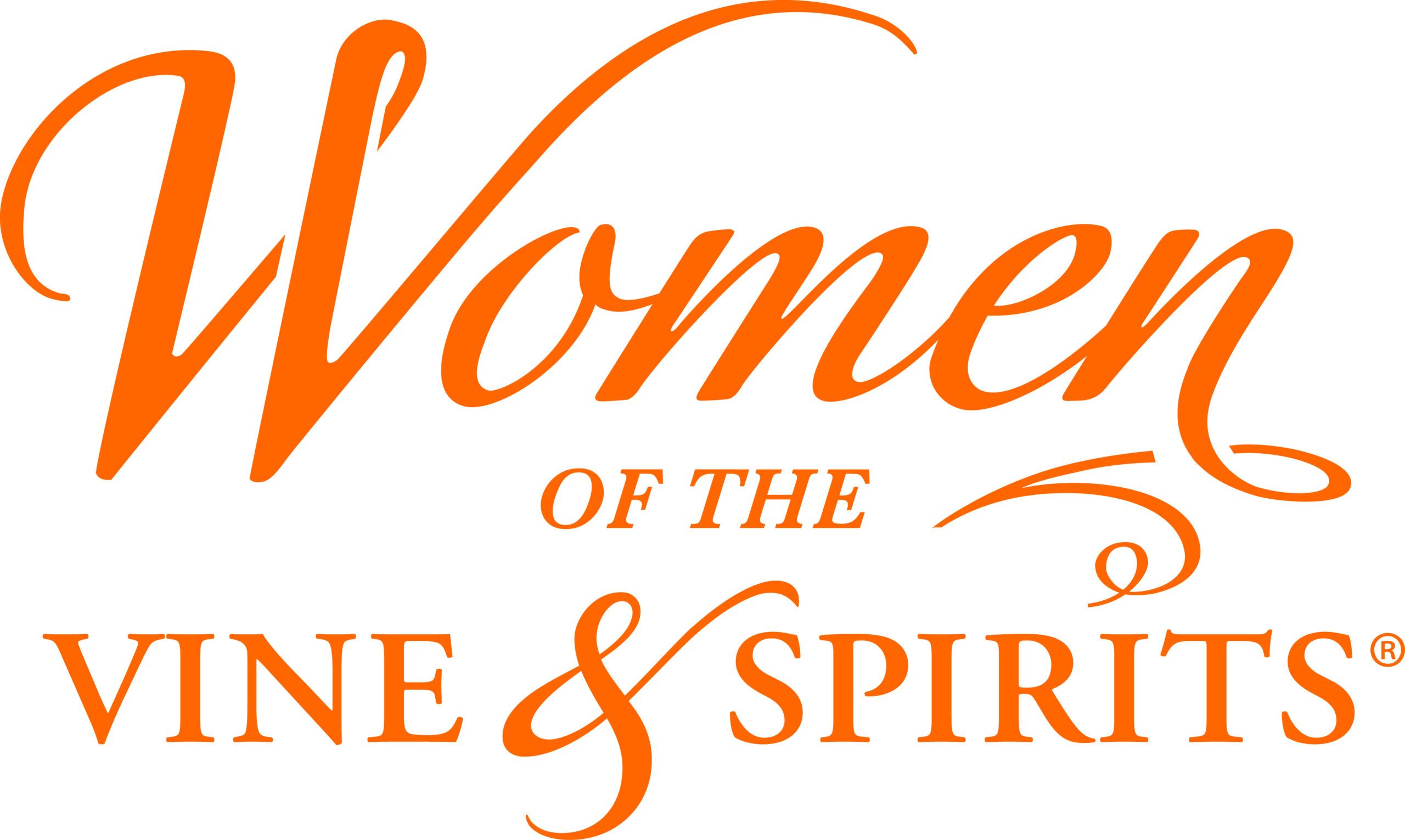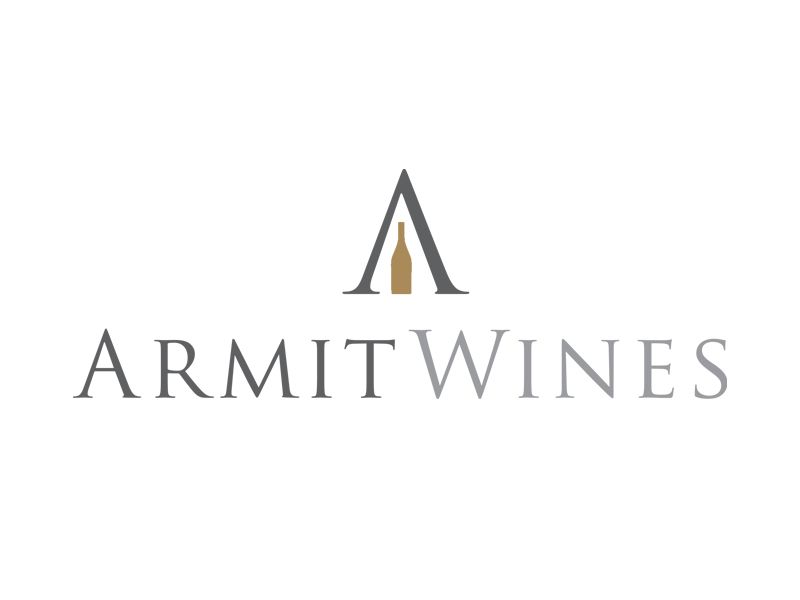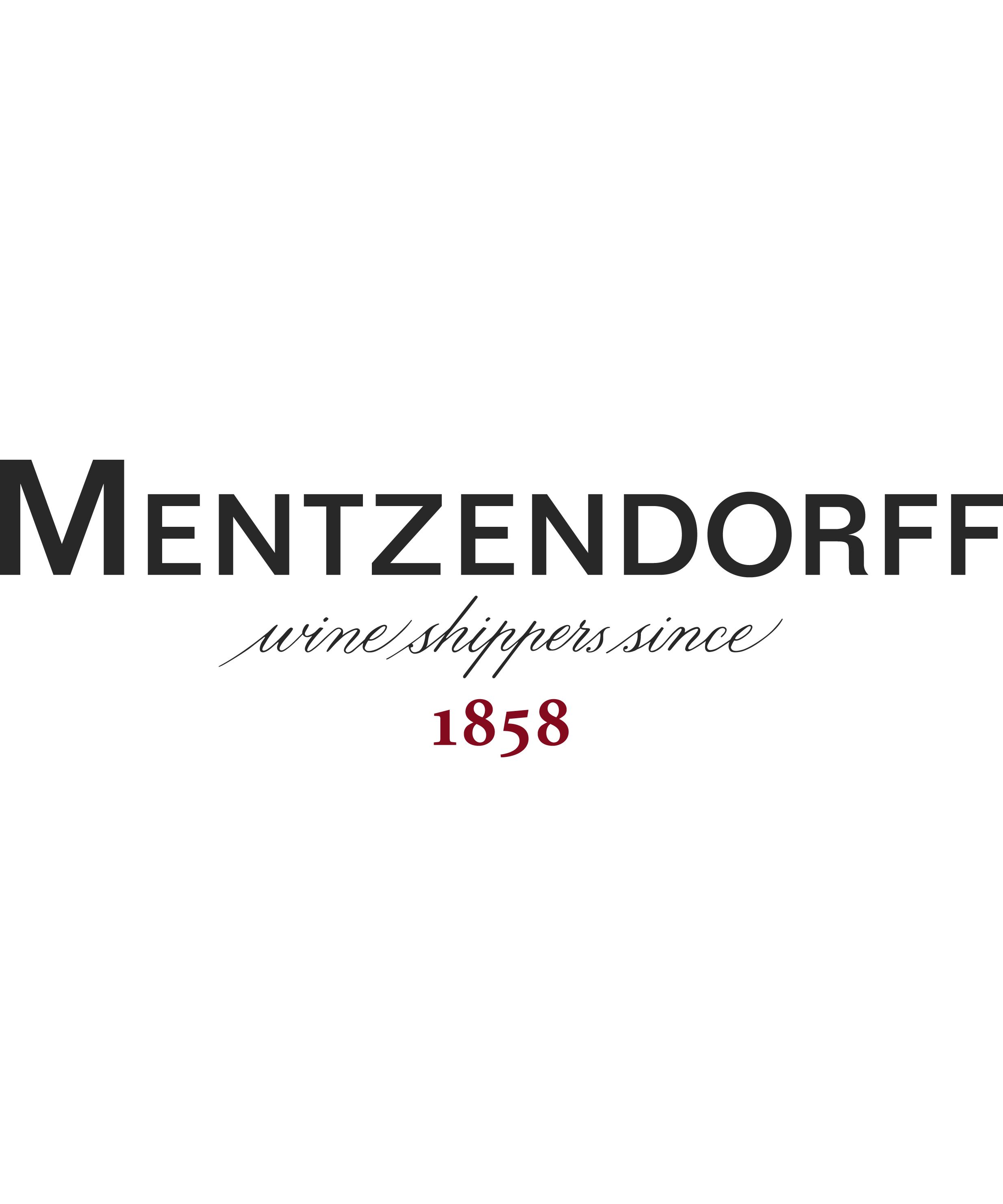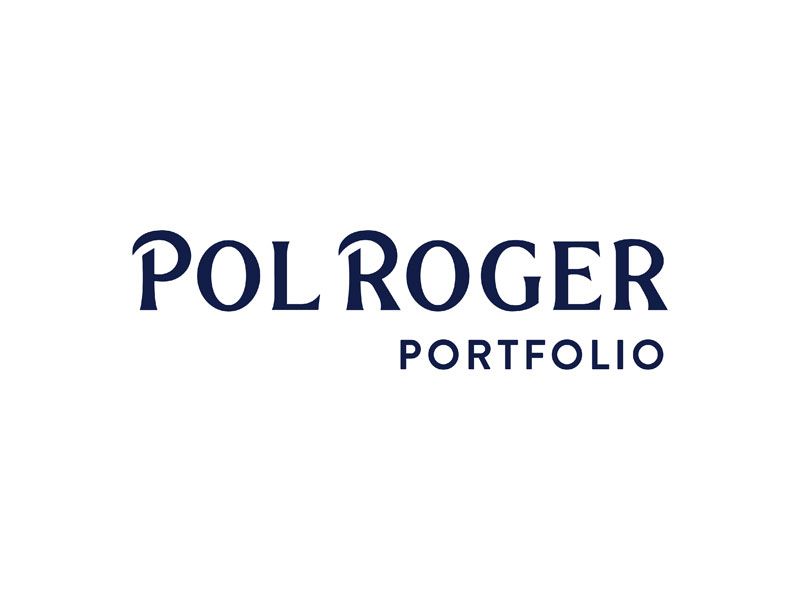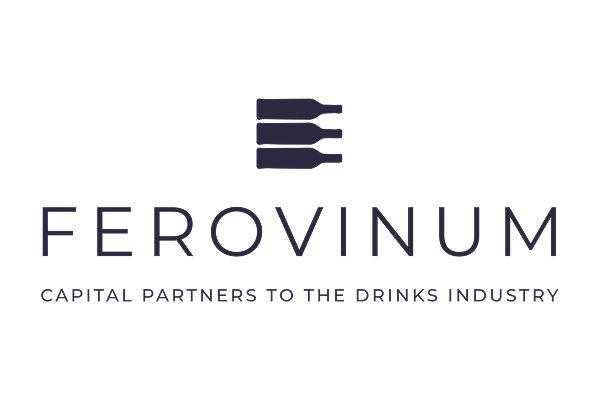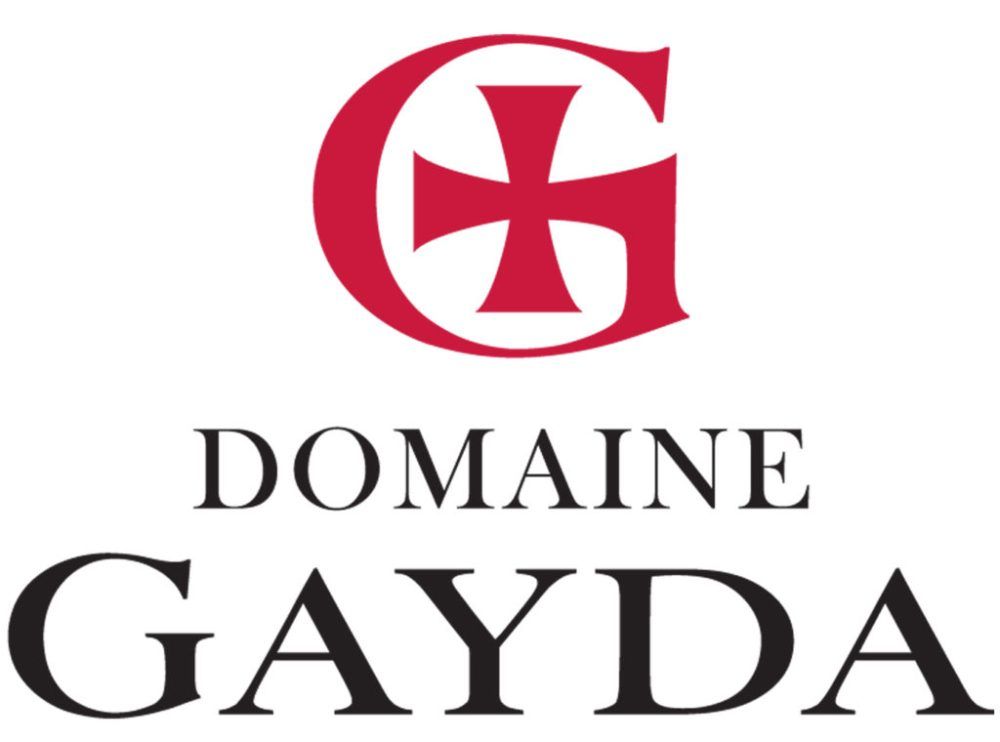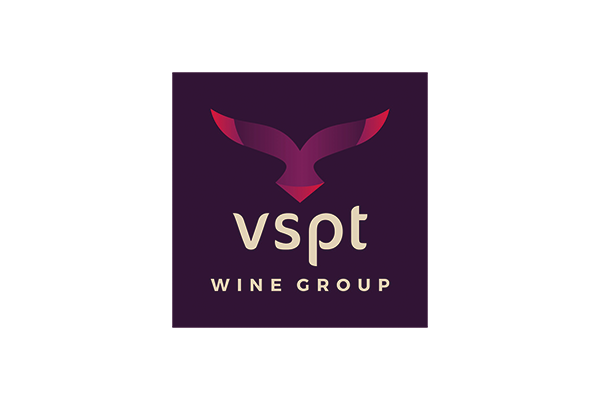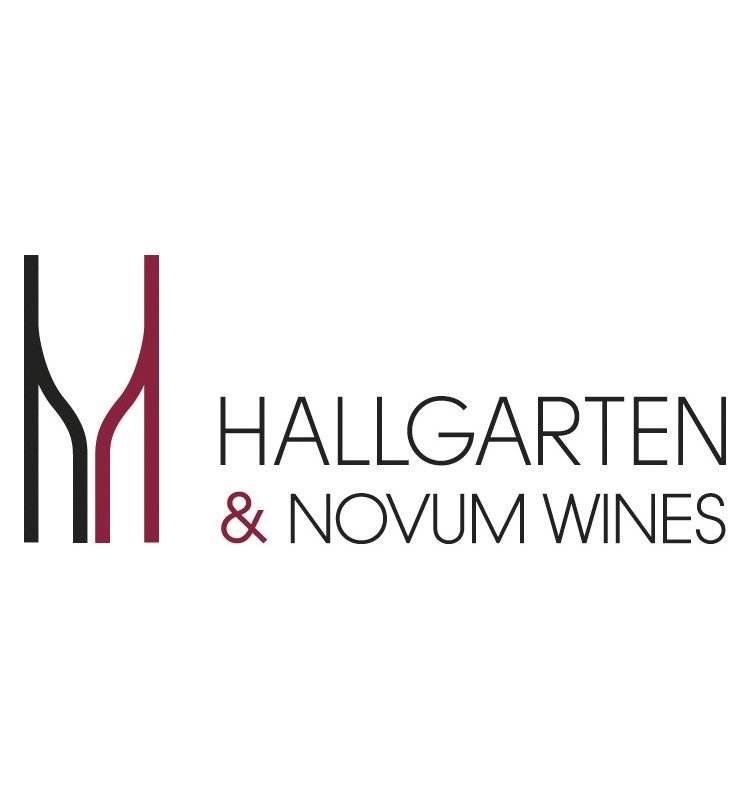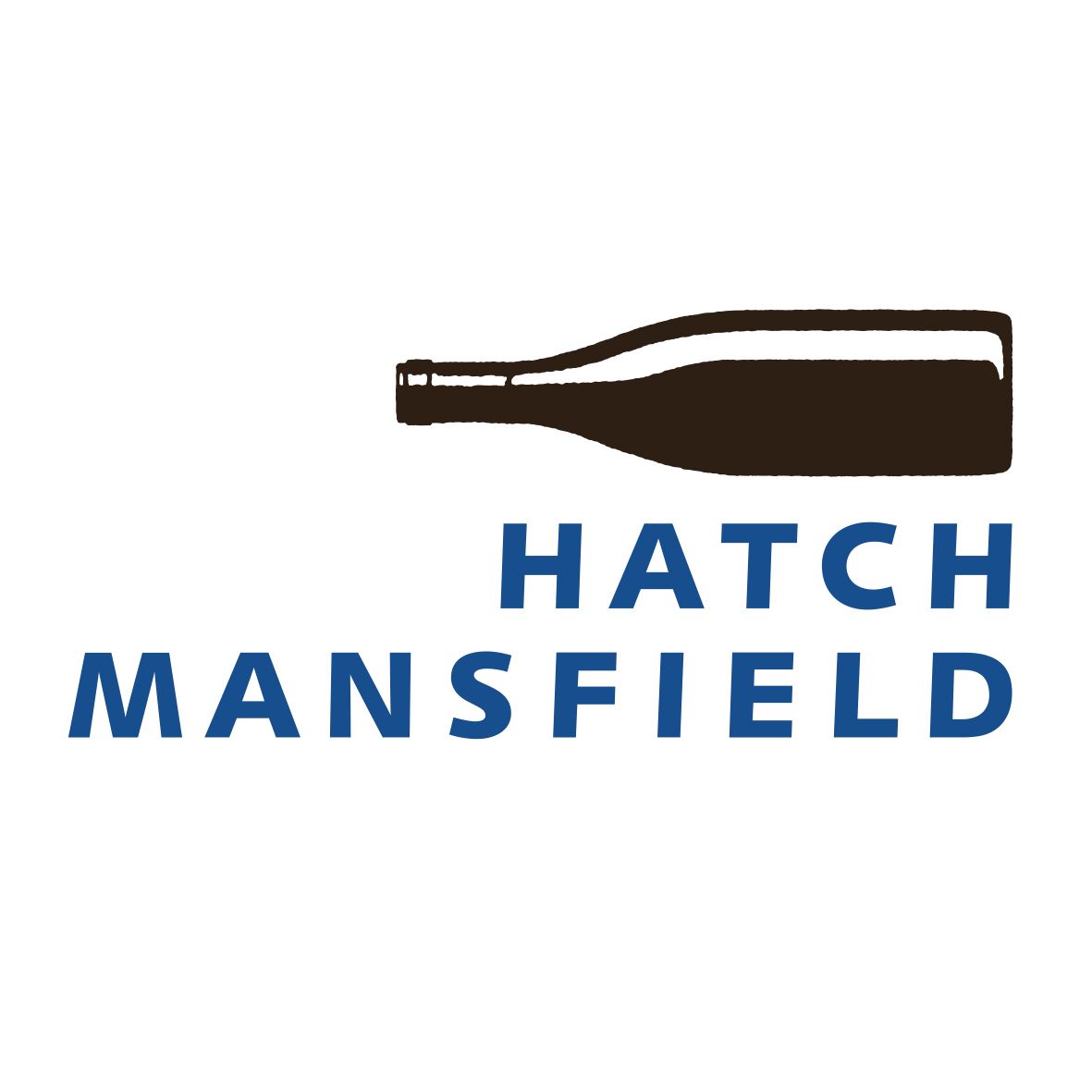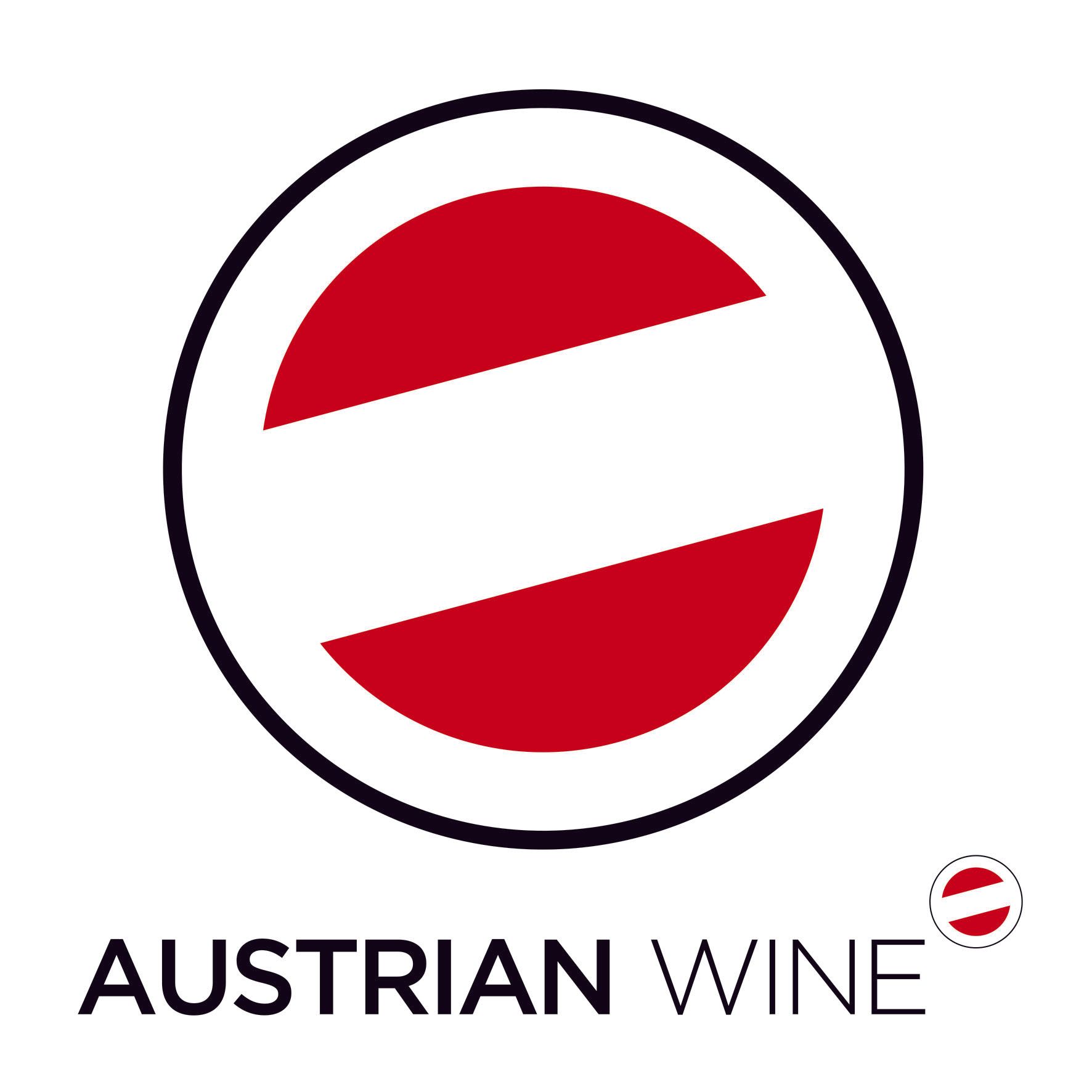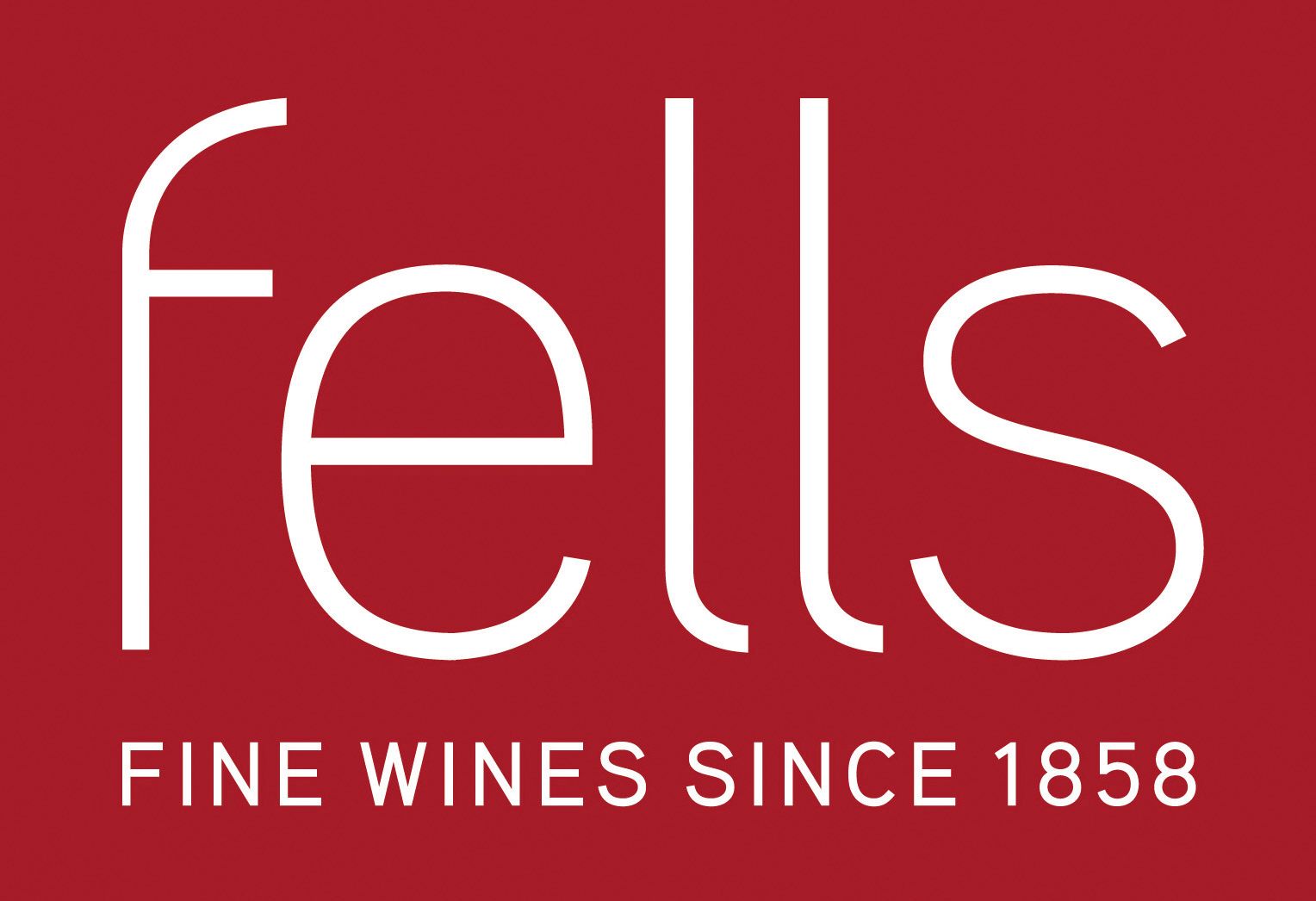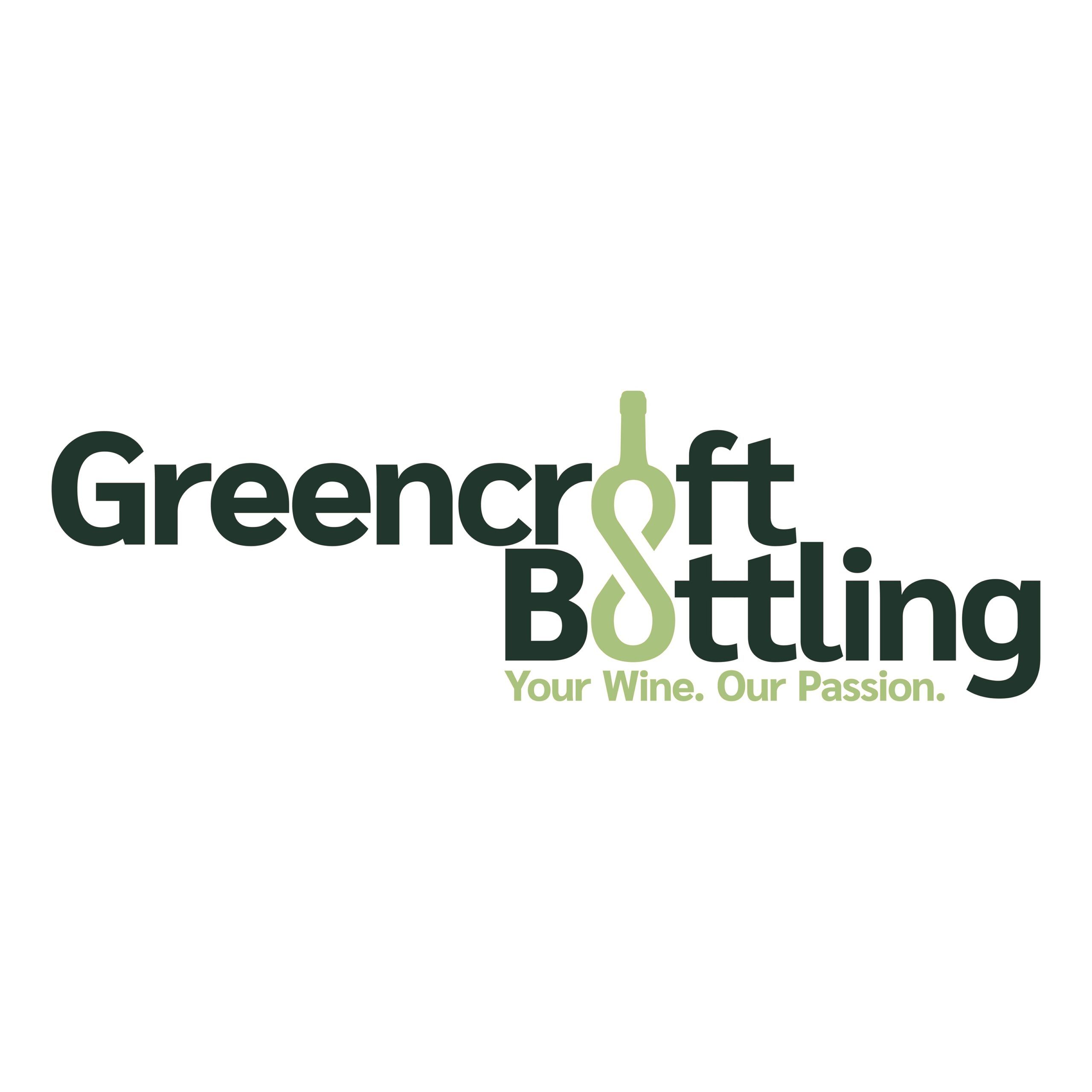From a warm field in Essex to frost in Chablis, we started this book by surveying some of the extreme weather events that wine producers are now having to contend with.
Wine is the canary in the coal mine of climate change: proof that the climate emergency is already changing our world and some of the most fundamental assumptions about one of humanity’s longest-established agricultural products. On the land, sustainability is literally a question of ensuring that people can continue to make wine in Bordeaux or Chile or South Australia in 50 or 100 years’ time. It’s no longer a given. That is this book’s first message: climate change is here already, and it’s an existential threat to wine and to the people who make their living from it.
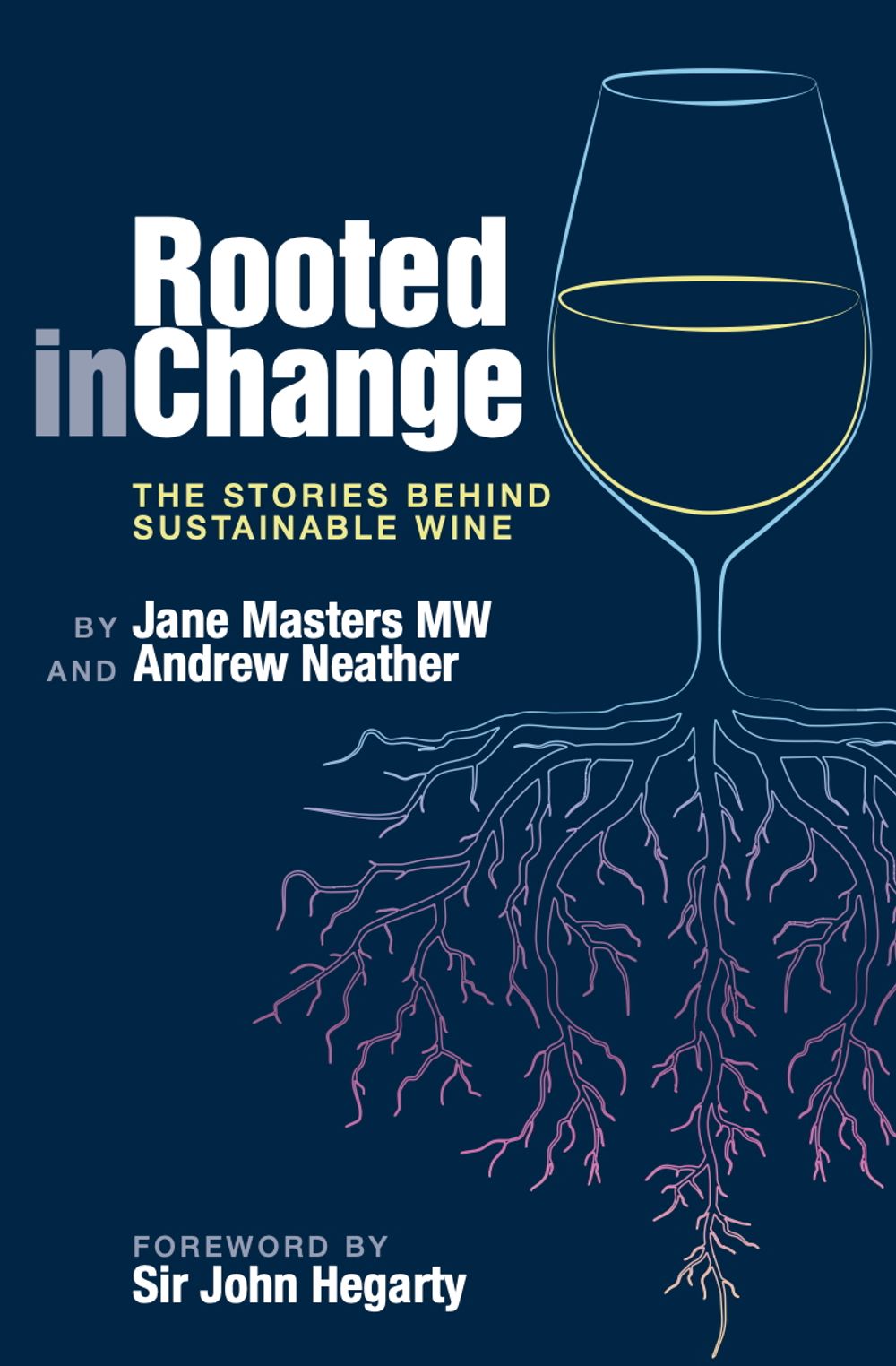
Rooted in Change is the new breakthrough book from Andrew Neather and Jane Masters MW
Over the course of this book, we have shown how wine businesses - and especially winemakers - are responding to that challenge. But even though it is the biggest and most complex problem currently facing humanity, sustainability is not simply about climate change. It encompasses a range of other issues too: the use of chemicals, the health of our soil, and the wellbeing of the people working in the global wine industry and the communities it sustains.
So our aim has been to set out what is meant by sustainability - and what it means for wine. We wanted to increase our understanding of the environmental, social and economic aspects of sustainability - and to share examples of wine business that are working positively on these challenges.
That is this book’s second message: sustainability is about more than the environment, and that it touches every stage of an everyday product’s journey from the field to our dinner tables.
Third, any effort to make wine more sustainable must start with a better understanding of that journey. That is true for any product: especially, but not exclusively, industrial products, like the bottles that wine comes in.
If we really want to live more sustainably, we need to understand not just where the glass of wine in our hand came from, but the origins of the table it stands on, the story of the bowl of olives we are enjoying with it, the phone we glance at as we sip. We have followed wine’s journey and all of its implications for sustainability: as a society, we need to do that for everything.
Complex issues
And as we have seen, this is no simple task: sustainability is complicated. There is no one sustainable wine, no one farming method, no one supply chain that applies to all wine or is always the most sustainable option. It all depends where and how grapes were grown, how the wine was made, how and where it was packaged, how it is sold and what happens to the packaging after we’ve drunk it.
And at times there are conflicts between different aspects of sustainability. Is shipping wine in bulk to reduce its carbon footprint the right thing to do if it takes away jobs from poorer parts of the world? Is buying wine in bag-in-box, with a better carbon footprint than glass but using an unrecyclable metallized plastic bag, the more sustainable choice?
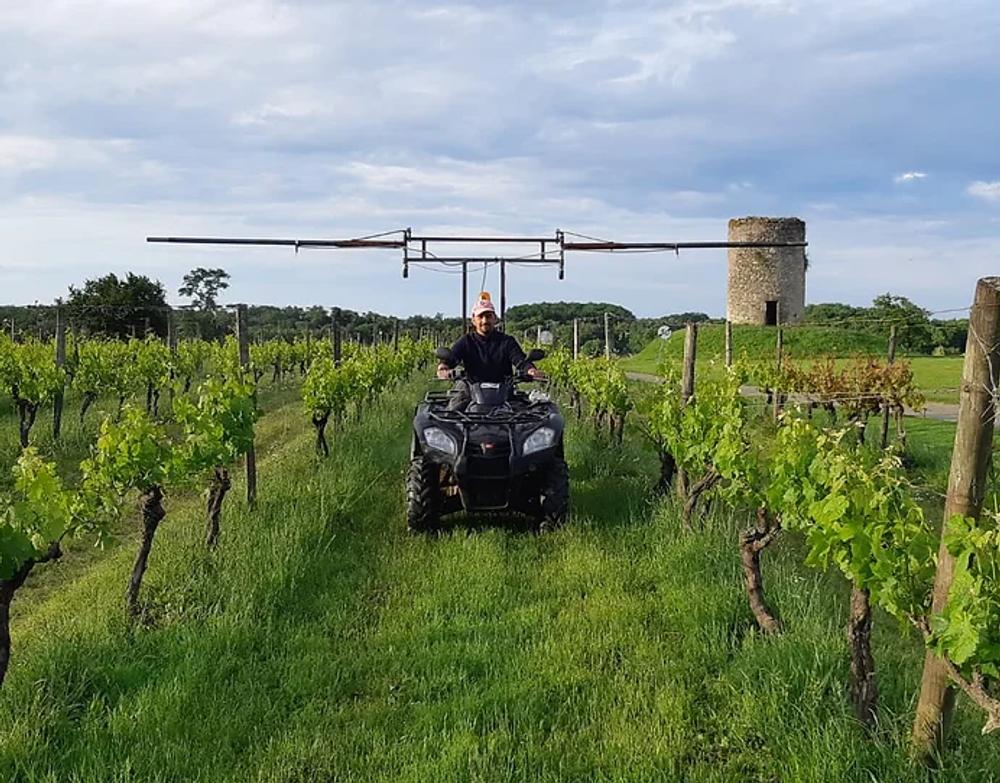
How winemakers work with their vines and what viticultural practices they follow is now very much part of the sustainablity challenge
We are accustomed as consumers in an advanced capitalist society to be able to make simple choices that fix these sort of dilemmas. But there just isn’t a simple answer – or a simple choice for consumers who want to choose sustainable wine.
So fourth, we have to do what we can and make imperfect choices. That is precisely what the wine producers we’ve seen in these pages are doing – and indeed the best of them provide a model for other kinds of businesses trying to understand and reduce their environmental impact. Sustainability, in wine, as in anything else, is a journey and direction of travel, not a box-ticking exercise. You can always do better.
But just because there isn’t a neat, complete solution, that doesn’t mean it isn’t worth striving to make wine more sustainably. And, indeed, while the challenges are huge, as we have shown, there are inspiring examples of good practice around the world – from the vineyard to the winery, from the factories that make bottles to the ships that transport them, and from wine shops to consumers’ tables.
As for the wine trade, we also posed some questions at the start of this book about the other challenges that wine businesses are currently grappling with globally, including falling demand and other economic difficulties.
Our fifth key message is that sustainability is inevitably intertwined with such challenges. We are often asked by wine businesses whether adopting sustainable practices will allow them to increase their prices. Given the current economic struggle for many of them, that’s a fair question. The answer is maybe not: there is no easy guarantee of sustainability and consumers are also feeling the squeeze.
More opportunities

Andrew Neather and Jane Masters MW set out their conclusions and what steps the wine industry can be taking to tackle sustainability
But while there are costs associated with certain sustainability initiatives, there are also cost savings. Meanwhile sustainable methods bring increased resilience in dealing with climate change. And adopting a sustainable approach will open up more channels to market for wine producers, as sustainably produced wine becomes the expected norm for trade buyers and, increasingly, retail customers.
As Richard Halstead of IWSR says: “Making sustainability part of their brand presents an opportunity to connect with the values of younger drinkers.”
Wine needs to work on new ways of engaging with consumers in all markets through creative storytelling, creating experiences, and developing new products and packaging formats. And if the wine trade makes itself more diverse, it will find new, more creative solutions.
As we have seen, the global wine trade is complex and fragmented. We have tried to include examples that reflect how companies and people are addressing issues in different places and parts of the supply chain. There are many others – we could not include them all. But there are some consistent themes as we move from vineyard to glass and beyond.
The first is the need to switch to renewable energy sources wherever possible, as soon as possible. The second is to minimise energy consumption and thirdly, to create circularity – in the vineyard, in the winery and with wine packaging across the supply chain. That is easier said than done: wine businesses will need a high degree of collaboration, particularly in addressing supply chain and Scope 3 emissions.
The challenge for consumers is not simple either. There are numerous ‘sustainable’ certifications for wine. Each one has its own value and offers consumers some degree of reassurance. But each one is different, with its own set of rules and needs to be considered in context.
Widely recognised organic and biodynamic certification schemes, as well as the Fairtrade label, do not on their own constitute sustainability. And, as far as we are aware, none of the certifications take into account distribution or packaging: these crucial aspects of sustainability are invisible on wine labels. So we have to be honest with consumers and transparent about what goes into wine.
For those that want more information on, say, suitability for vegans, additives, sustainable practices or glass bottle weights, it should be available. This is where wine sellers can help consumers make informed choices.
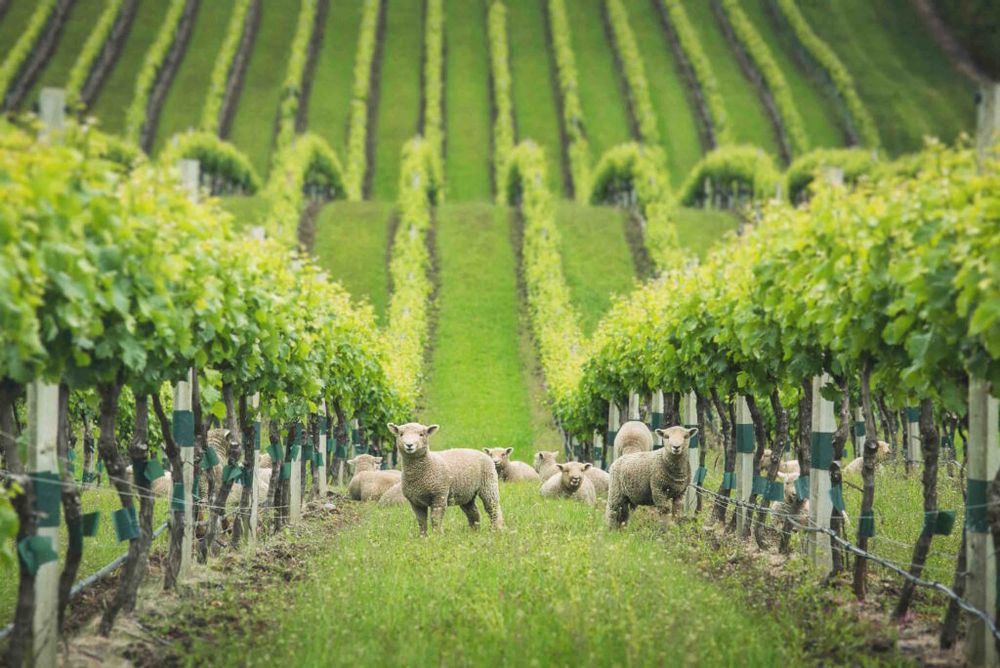
Vineyards need to be very much part of the local biodiversity
Yet all of us who drink wine – not just the companies that make and sell it – can be part of the way forward. We all have choices about the products we buy and where we chose to buy them. To drink wine more sustainably, we can:
- Choose organic, biodynamic and regenerative wine, from grapes farmed with a conscience. Those aren’t answers to sustainability – but they’re a start.
- Support winemakers in your region or country, if wine is made there. The wine travels less far to your table, and you’ll be supporting local economies.
- Choose not to buy wines in heavyweight glass bottles, and avoid screwcap wines – or at least put the cap back on the bottle in the recycling bin.
- Recycle all wine packaging. Wash containers and separate waste into the right bins.
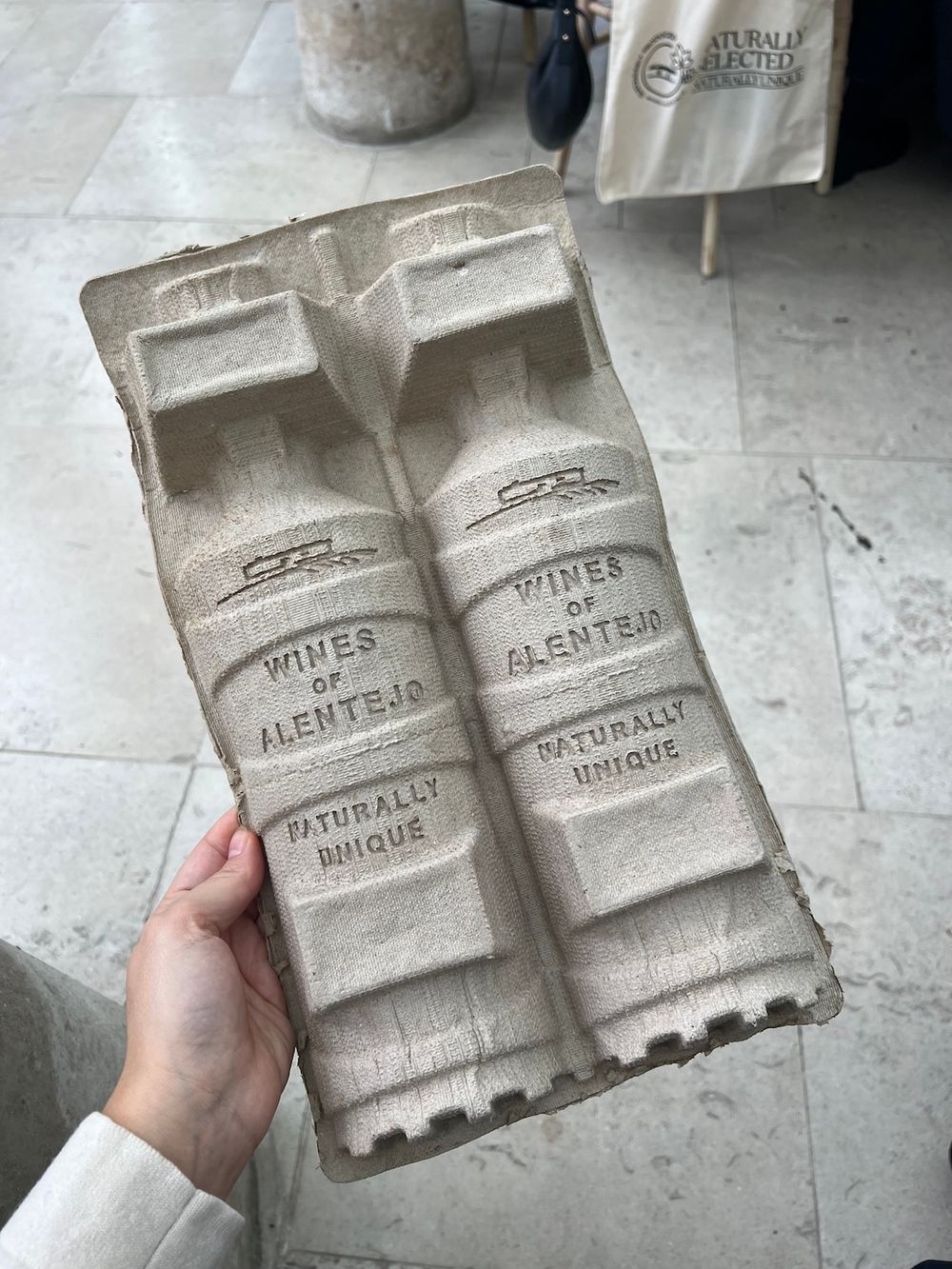
Packaging is now a key part of the sustainablity agenda
- Encourage retailers to introduce collection points: for cork and flexible plastic packaging. And encourage local restaurants and bars to recycle glass bottles and investigate the use of returnable bottles.
- Know what happens to packaging in your city or area. Look for packaging that is made from recycled materials that are readily recycled in your area, and challenge local administrations to improve collection schemes and increase actual recycle rates.
- Share your concerns with winemakers and retailers: ask why they have used the packaging they have.
- Be open to new ideas and alternative packaging formats, particularly for everyday drinking wines.
- Look at the sustainability credentials of wine producers and the companies you purchase from. Be challenging, and look at the detail. Information is not always available – but the more we ask for it, the more likely it is that it will be provided.
But just as important: enjoy your wine! It remains one of humanity’s most sublime inventions: let’s ensure that future generations can carry on enjoying it as we do.
* You can buy Rooted in Change: The Stories behind Sustainable Wine here which is published by Academie du Vin Library. Readers of The Buyer can receive a discount by using the code BUYER15 at the point of puchase.

